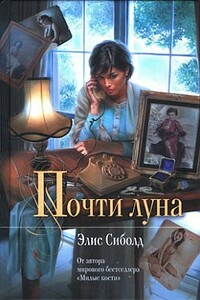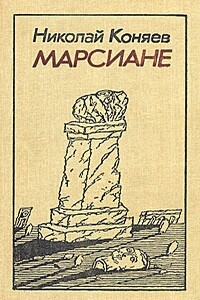Five minutes at the most had gone by. That could be accounted for by shock and anger. By checking what everyone else thought to be valuables – his cuff links, his cash, his tools. But he knew no more time than that could be overlooked. He had to call the police.
He worked himself up. He paced briefly, drew his breath in and out rapidly, and when the operator answered he set his voice on edge.
“My home has been broken into. I need the police,” he said, scripting the opening of his version of the story as inside he calculated how quickly he could leave and what he would carry with him.
When my father called the station, he requested Len Fenerman. But Fenerman couldn’t be located. My father was informed that two uniforms had already been sent out to investigate. What they found when Mr. Harvey answered his door was a man who was tearfully upset and who in every aspect, save a certain repellent quality that the officers attributed to the sight of a man allowing himself to cry, seemed to be responding rationally to the reported events.
Even though the information about the drawing Lindsey had taken had come in over the radio, the officers were more impressed by Mr. Harvey’s readily volunteering to have his home searched. He also seemed sincere in his sympathy for the Salmon family.
The officers grew uncomfortable. They searched the house perfunctorily and found nothing except both the evidence of what they took to be extreme loneliness and a room full of beautiful dollhouses on the second floor, where they switched topics and asked him how long he had been building them.
They noticed, they said later, an immediate and friendly change in his demeanor. He went into his bedroom and got the sketchbook, not mentioning any stolen drawing. The police took note of his increasing warmth as he showed them the sketches for the dollhouses. They asked their next question delicately.
“Sir,” an officer said, “we can take you down to the station for further questioning, and you do have the right to have a lawyer present but -”
Mr. Harvey interrupted him. “I would be happy to answer anything here. I am the wronged party, though I have no wish to press charges against that poor girl.”
“The young woman that broke in,” the other officer began, “she did take something. It was a drawing of the cornfield and a sort of structure in it…”
The way it hit Harvey, the officers would tell Detective Fenerman, was all at once and very convincing. He had an explanation that fit so perfectly, they did not see him as a flight risk – largely because they did not see him first and foremost as a murderer.
“Oh, the poor girl,” he said. He placed his fingers to his pursed lips. He turned to his sketchbook and nipped through it until he came to a drawing that was very much like the one Lindsey had taken.
“There, it was a drawing similar to this one, correct?” The officers – now audience – nodded. “I was trying to figure it out,” Mr. Harvey confessed. “I admit the horror of it has obsessed me. I think everyone in the neighborhood has tried to think how they could have prevented it. Why they didn’t hear something, see something. I mean, surely the girl screamed.
“Now here,” he said to the two men, pointing to his drawing with a pen. “Forgive me, but I think in structures, and after hearing about how much blood there was in the cornfield and the churned-up nature of that area where it was found, I decided that perhaps…” He looked at them, checking their eyes. Both officers were following him. They wanted to follow him. They had had no leads, no body, no clues. Perhaps this strange man had a workable theory. “Well, that the person who did it had built something underground, a hole, and then I confess I began to worry at it and detail it the way I do the dollhouses, and I gave it a chimney and a shelf, and, well, that’s just my habit.” He paused. “I have a lot of time to myself.”
“So, did it work out?” one of the two officers asked.
“I always did think I had something there.”
“Why didn’t you call us?”







